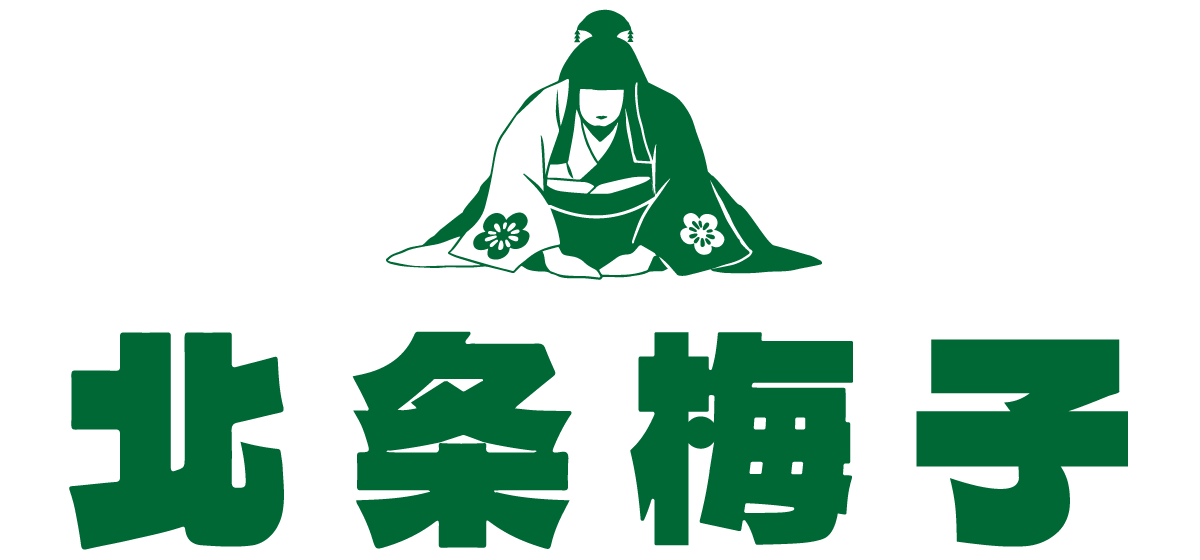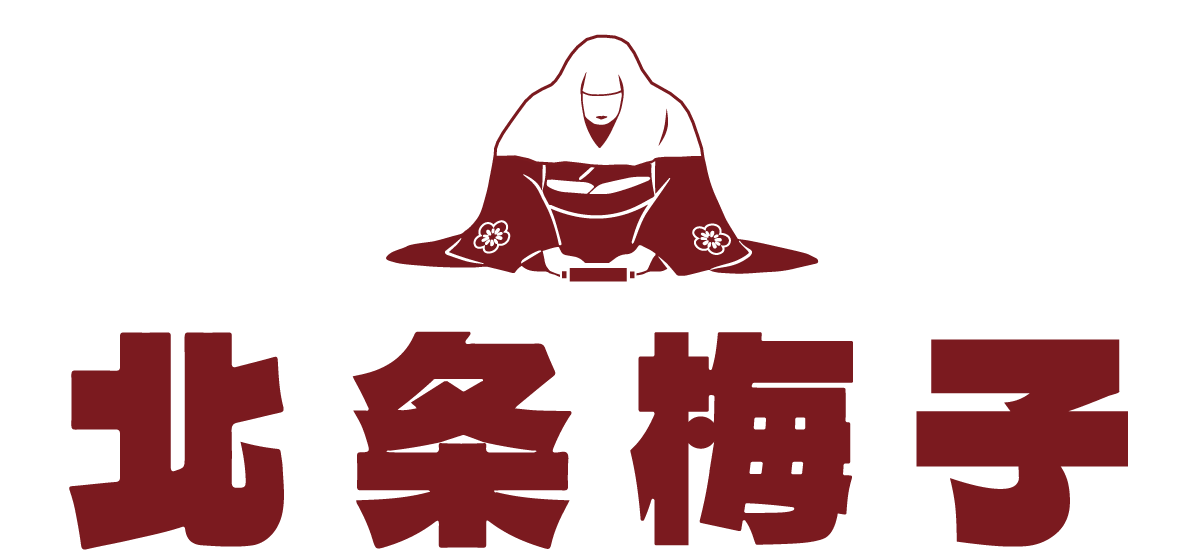
The story of Hojo Umeko
Meaning of the name
It was born as a sister brand of "Hojo Taro". Aoume, Ume* fruit is associated with the image of a youthful princess, and processed foods containing Umeboshi* are associated with a old nun. At Libra Farm, we are working to contribute to the development of the region by inheriting the cultivation and processing methods traditionally practiced in the Soga region.
*Ume … Japannese apricot
*Umeboshi … Pickled dried ume
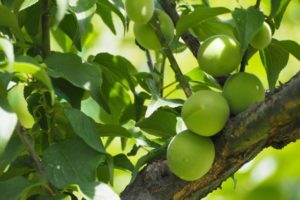
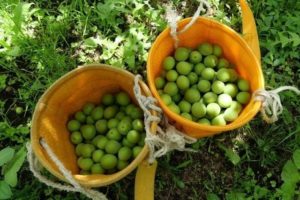
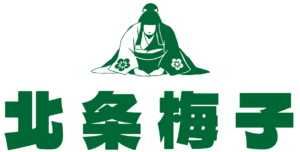

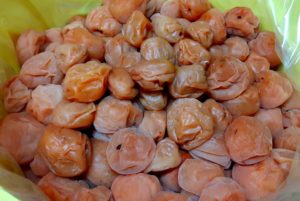
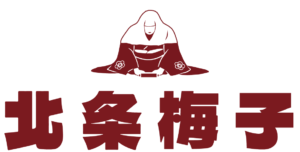
*Hojo Umeko is currently in the process of being registered as a trademark.
The story of “Soga Bairin”
*Bairin means Ume groves.
Overview
Along with Kairakuen in Ibaraki, and Ogose Bairin in Saitama Prefecture, the Soga Bairin in Odawara City, Kanagawa Prefecture is considered one of the three major Ume groves in the Kanto region. It is a general term for the Ume groves that spread in the northeastern part of Odawara City, and about 35,000 Ume trees are cultivated mainly in the three areas of Soga Bessho, Sogawara, and Nakagawara.
The Odawara Ume Festival is held every February, and the area is crowded with tourists who come to enjoy the view of Mt. Fuji and the Ume groves.
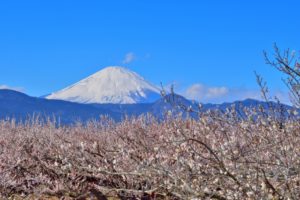

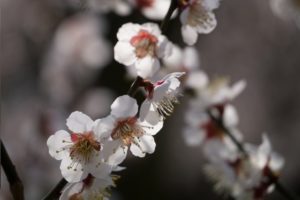
History
The Odawara Ume trees have a very ancient origin, and it is generally believed that the Hojo clan began planting it around 500 years ago during the middle ages in Japan. Later, during the Edo period, cultivation in the area is said to have become popular due to the encouragement of the Okubo clan, the lord of the Odawara domain.
Since there used to be a wide range of salt fields from Odawara City to Ninomiya Town, and as salt was easily available, the production of Umeboshi became popular. The supply of Ume as a valuable nutritional source supported the development of its cultivation in Odawara.
Once in the Showa era, the number of Ume farmers who turned to mandarin orange cultivation increased rapidly, and the Soga Ume grove temporarily declined, but since 1955, thanks to the efforts of the then mayor, it has been revived as a specialty of Odawara City. .
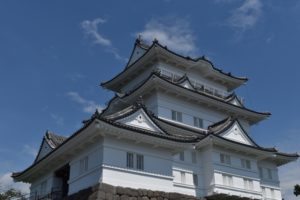

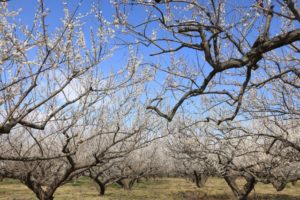
Variety
Most of the Ume grown in Soga Bairin are cultivated for food, with representative varieties being Shirakaga, which is used for Ume wine, and Juro and Nanko which are used to make Umeboshi. In addition, varieties such as Umesato, Sugita, Gyokuei, Koshu Min and Ryukyo Koume are also cultivated.
Among these, Juro in particular is an original variety from Odawara, with fine, thick flesh and thin skin, so many farmers cultivate it as a raw material for high-quality Umeboshi.

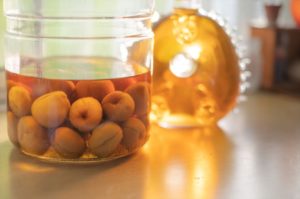
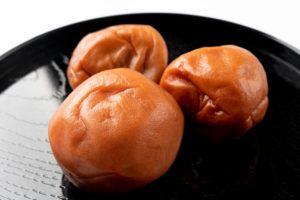
About Ume


